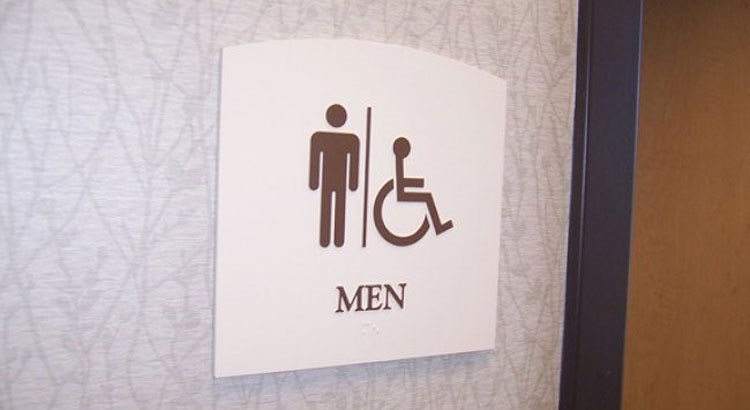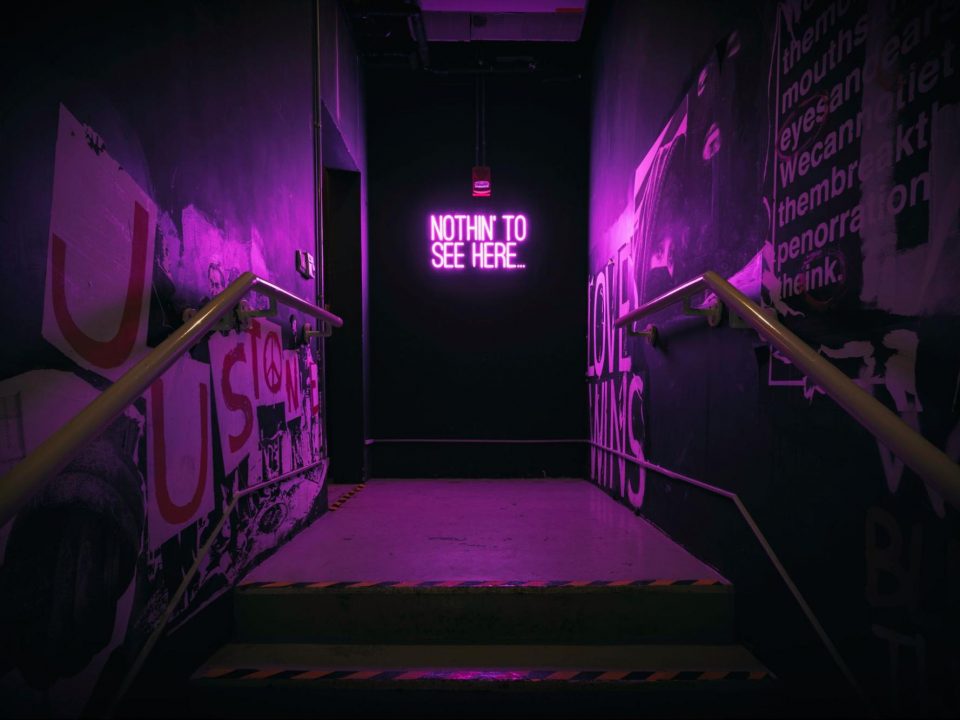As a business owner, you’re probably familiar with ADA compliant signs—not only as a requirement of the law but for the convenience of your elderly and visually impaired customers and clients. Staying compliant with ADA rules and guidelines can be a bit overwhelming, though keeping updated with current ADA compliance trends and additional information each year is worth the trouble.
Since 1987, Hardman Signs has pushed itself to the front of the signage industry in the United States with top-quality sign services and exceptional customer service. We’re committed to providing our customers with superior products, including the design, manufacturing, and installation of 100% ADA-compliant signage for every type of industry in the nation.
As experts in ADA compliant signage, we’ve put together this guide to keep you updated with the latest information on ADA sign installation. To start, let’s talk about what ADA signs are, and how compliance with the law can make your business a better place for all of your customers to enjoy.
What are ADA Signs?
If you’re not one of over 2.5 million Americans living with a disability, you may not have noticed them before—but ADA signs are everywhere. In parks, public restrooms, waiting areas, restaurants, hotel lobbies, ADA signs help visually impaired and the blind, those with limited mobility, cognitive or psychiatric conditions, and the hearing impaired.
The ADA (Americans With Disabilities Act) signage rules were developed in 1991 and went through several revisions before becoming law in 2012. Your own requirements for your commercial signs will depend on your local building codes and the type of building your business is in, however, an ADA compliant sign is required for every room or space in a building that is considered permanent.
Staying Compliant with ADA Rules and Regulations
Understanding the laws regarding commercial signs can be difficult, and the consequences for failing to meet codes for ADA compliance can be severe. That’s why our team at Hardman Signs provides expert assistance for business owners to ensure that every sign created follows proper ADA rules and regulations.
In general, staying compliant with ADA signage means that your signs must identify specific areas and provide directions and information for people that are visually impaired or blind. In other words, your ADA signs should help people find their way towards key locations inside your building, like your bathrooms, front desk, exits, and entrances. They should be easy to read, with large fonts and high-contrast backgrounds, and be placed in an appropriate location (for example, braille signs must be located adjacent to doors, and low enough for your visitors to touch).
ADA Compliant Sign Installation
Knowing where and how to install your ADA compliant signage is important. Here are some basic rules for proper sign installation protocol:
Tactile (Braille) Signs: Tactile signs should be posted on the wall by the door (hinge side, if possible) to the room they identify and should hang between 48 inches and 60 inches from the floor. Check guidelines carefully for posting on double doors, inward swinging doors, and outward swinging doors.
Overhead Signs: Overhead signs must be installed so that the bottom of the sign reaches no more than 80 inches from the floor.
Projection Wall-Mounted Signs: Projected signs must stand at least 27 inches high and can protrude into the pathway at a maximum of 4 inches. If it protrudes more than 4 inches into the pathway, it must clear at least 80 inches high, measuring from the floor.
Fonts, Dots, and Colors
According to the Americans With Disability Act, your ADA compliant signage should meet certain design standards. Here are some of the most important rules to follow:
High-Contrast: Sign letters should be dark on a light background, or light on a dark background for optimal visibility.
San Serif Fonts: Your letters should be easy to read, san serif, non-italic fonts like Helvetica, Arial, or Geneva.
Braille: Braille dots should be categorized as Grade 2 Braille dots, separated by a minimum of 3/8 inches from other raised text on the same sign.
As a business owner, it’s important to offer a pleasant experience for everyone entering your building—from the elderly and the handicapped, to those with limited mobility and vision impairment. It’s also important to avoid violating federal law by breaking ADA signage laws, which can result in serious, hefty fines.
As one of the leading sign manufacturing companies in the Southwest, Hardman Signs has made it a point to offer specialized services for businesses that are concerned with staying compliant with ADA laws. If you’d like to learn more about making your building a more navigable place for your customers to visit, let us know. Our team at Hardman Signs will make sure your business is up-to-date with your commercial signs, with custom-created, ADA signs and installations in the correct locations inside and outside your building.
For more information, call us now to speak with one of our friendly representatives at Hardman Signs. You can also get started with a free, no-obligation pricing quote by filling out our online form today.






